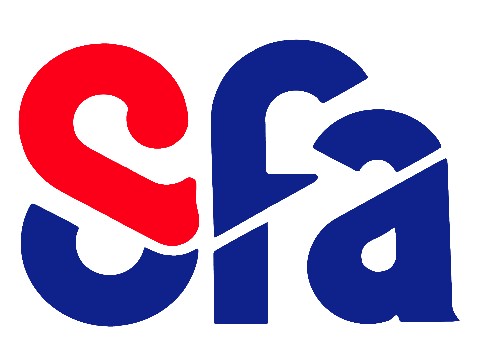Boundary Element Energy Method: an efficient tool for acoustic computation
Résumé
The acoustic prediction for transportation vehicles (ground transportation, aeronautics, naval application) at design stage is an increasing issue for the industry. Due to reduced development times, the acoustic design must start in the early stage of projects and follow the whole development phase, requiring precise and reactive prediction tools. The most widely used computation methods perform a numerical resolution of Helmholtz equation with a spatial discretization into Finite Elements or Boundary Elements. These methods are efficient in the low frequency range, but they reach their limits at higher frequencies, due to high computational cost, very precise mesh required, and high sensitivity to geometry and frequency. Ray Tracing techniques may be an alternative in some cases, but diffused reflection is generally ignored and convergence is not always reached. The method proposed here is also based on a light/sound analogy, but the resolution is based on acoustic intensity equilibrium on Boundary Elements. Acoustic domain boundaries (Walls and structures) are modeled by finite elements of which the physical properties are the absorption and transmission coefficients. The mesh size is led only by the geometry description and is not frequency dependent: thus the computation time is drastically reduced. Transparency phenomenon and internal noise issue have been recently implemented in the method in order to compute multi-domain acoustic fluid. This energy method is dedicated to acoustic issues in the mid and high frequency range, preferably with complex geometries, broadband and distributed sources. The acoustic resolution is carried out by recently developed software SONOR. After the method description, some applications on thermal engines shields and on cabin noises are presented and the results are discussed.
| Origine | Accord explicite pour ce dépôt |
|---|
Loading...


